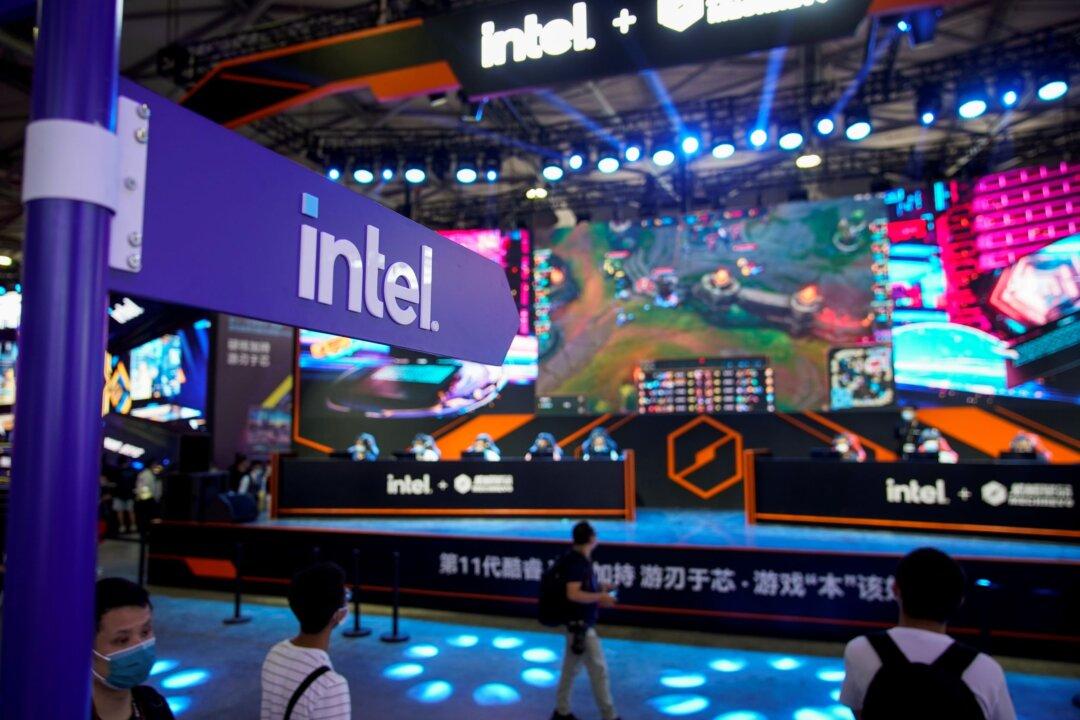News Analysis
Major U.S. firms, including Intel and Sequoia Capital, have maintained financial and research ties with a Chinese company known to provide artificial intelligence (AI) to the Chinese military, according to a new report by the Center for Security and Emerging Technology (CSET) at Georgetown University.




